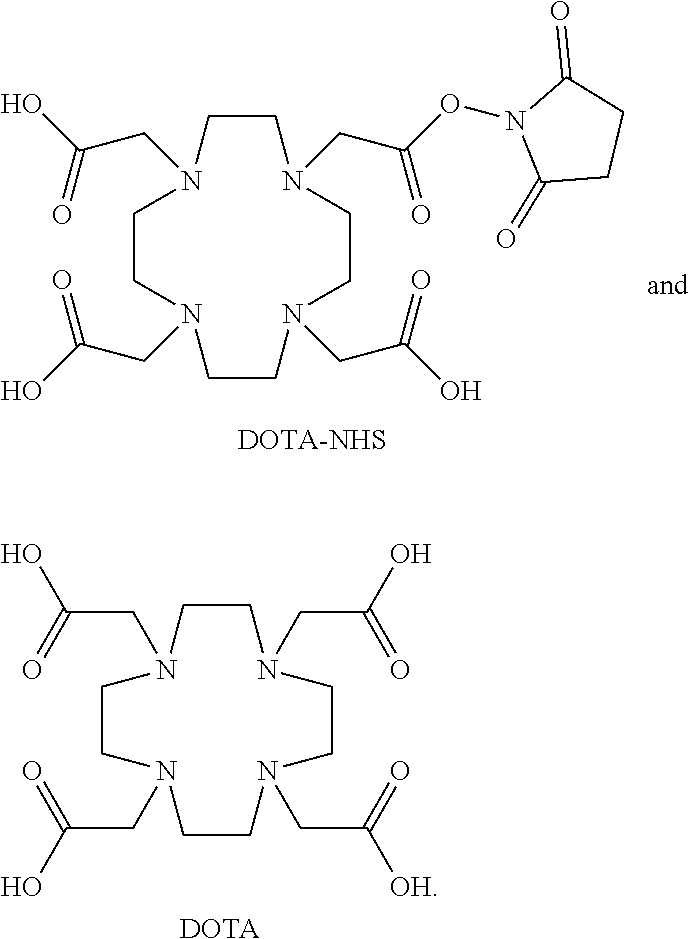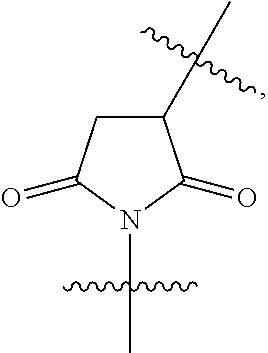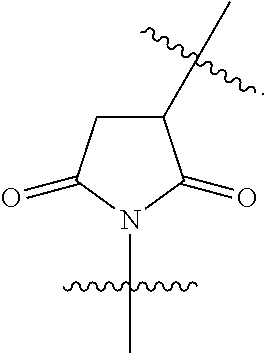EpCAM TARGETED POLYPEPTIDES, CONJUGATES THEREOF, AND METHODS OF USE THEREOF
a polypeptide and targeted technology, applied in the field of targeted polypeptides and conjugates thereof, can solve the problems of low affinity, insufficient specificity, handling difficulties, etc., and achieve the effect of increasing the binding affinity
- Summary
- Abstract
- Description
- Claims
- Application Information
AI Technical Summary
Benefits of technology
Problems solved by technology
Method used
Image
Examples
example 1
e Avidity Reduction Enhances Affinity Discrimination in Mammalian Cellular Selections of Yeast-Displayed Ligands
[0350]Yeast surface display selections against mammalian cell monolayers have proven effective in isolating proteins with novel binding activity. Recent advances in this technique allow for recovery of clones with even micromolar binding affinity. However, no efficient method has been shown for affinity based selection in this context. This study demonstrates the effectiveness of titratable avidity reduction using dithiothreitol (DTT) to achieve this goal. Specifically, affinity maturation of an EpCAM-binding fibronectin population was performed, yielding an enriched pool of ligands with significantly stronger affinity than an analogous pool sorted by standard cellular selection methods. Collectively, this study offers a facile approach for affinity selection of yeast displayed ligands against full length cellular targets and demonstrates the effectiveness of this method b...
example 2
steine Mutants of EpCAM-Binding Fibronectin Domains for Site-Specific Conjugation
[0370]Having developed anti-EpCAM fibronectins (Stern et al., ACS Combinatorial Science. 2017, 19, 315-323), an attempt to marry them with multiple downstream applications was made, including PET imaging, modular introduction to streptavidin-functionalized CSANs, and self-assembling hydrogels. Though many options for conjugating proteins to substrates exist—including both chemical and enzymatic (e.g., sortase, transglutaminase, “Q-tag”, etc.) approaches—the lack of any natural cysteine residues in the fibronectin scaffold creates a unique opportunity for site-specific conjugation. It was hypothesized that by introducing a single cysteine residue into a non-paratopic region of the fibronectin, it would be possible to site-specifically conjugate the proteins onto other species, such as a PET imaging reagent chelator, biotin, or maleimide functionalized hydrogel matrix. Endeavors in these areas are describ...
example 3
fic Conjugation of EpCAM-Binding Fibronectin Domains
[0402]Though useful, site-specific conjugation is not required for many applications. Indeed, non-specific conjugation approaches are arguably faster and easier to execute as they do not require prior modification of the parent protein (e.g., such as designed cysteine mutations). Perhaps the most popular non-specific conjugation method is the use of activated esters to react with the primary amines located on the polypeptide's N-terminus and lysine side chains. Therefore, it was hypothesized that the fibronectin domains described herein could be non-specifically conjugated to NHS-biotin and retain their EpCAM-binding affinity and selectivity.
Biotinylated Fibronectin Domains Retain their EpCAM-Binding Affinity and Selectivity
[0403]Three of the published (Stern et al., ACS Combinatorial Science. 2017, 19, 315-23) fibronectin clones—B22, C8, and C10—were non-specifically biotinyalted using EZ-Link Sulfo-NHS-Biotin (Thermo Fisher Scien...
PUM
| Property | Measurement | Unit |
|---|---|---|
| Fraction | aaaaa | aaaaa |
| Fraction | aaaaa | aaaaa |
| Fraction | aaaaa | aaaaa |
Abstract
Description
Claims
Application Information
 Login to View More
Login to View More - R&D
- Intellectual Property
- Life Sciences
- Materials
- Tech Scout
- Unparalleled Data Quality
- Higher Quality Content
- 60% Fewer Hallucinations
Browse by: Latest US Patents, China's latest patents, Technical Efficacy Thesaurus, Application Domain, Technology Topic, Popular Technical Reports.
© 2025 PatSnap. All rights reserved.Legal|Privacy policy|Modern Slavery Act Transparency Statement|Sitemap|About US| Contact US: help@patsnap.com



